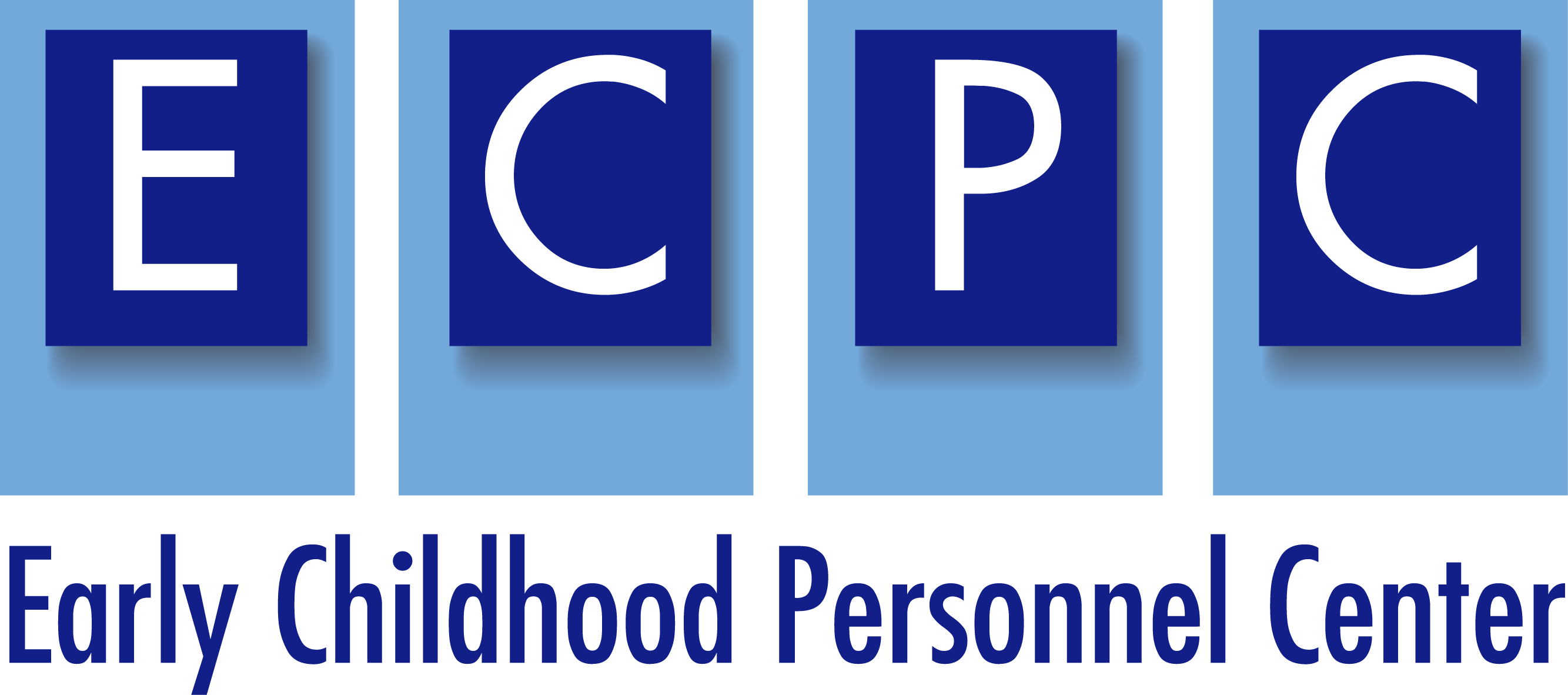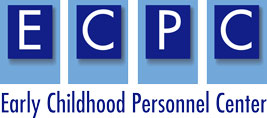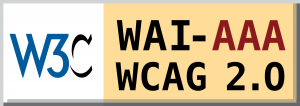
Definition
Authentic child assessment practices include methods and procedures for:
- Observing a child in everyday family, community, or classroom activities and routines
- Identifying child behavior that is used in the activities and routines
- Determine the adult behavior and materials that influence child behavior and actions
The information gleaned from these practices is used to determine which activities and routines, and adult behavior and materials, can be used as sources of everyday, naturally occurring child learning opportunities.
Need2Know
Parents and other caregivers often comment that their children do not perform optimally well when administered traditional or conventional assessment tools. This is the case because strange people doing strange things in strange settings are not conducive to optimal child performance. In contrast, children perform much better in familiar situations with familiar people and with familiar materials. This is why authentic assessment practices are more likely to “paint an accurate picture” of a child’s real capabilities.
Child Engagement
- Children participate in certain preferred activities and routines for longer periods of time
- Children use a variety of behavior in preferred activities
- Particular people and materials sustain child participation in everyday activities and routines.
Characteristics
The key characteristics of early childhood intervention authentic assessment practices include:
- Observing a child in a variety of everyday activities and routines
- Asking parents and other caregivers about the activities and routines a child experiences on a regular basis
- Identifying the particular child behavior that are activity- and routine-specific
- Paying particular attention to child behavior (strengths, interests, preferences, etc.) that are used to interact with people and materials
- Identifying the adult behavior and materials in the activities and routines that encourage child participation in different activities and routines
- Use all of the above information to increase child participation in activities and routines that provide the largest number of everyday learning opportunities
Child Outcomes
Authentic child assessment practices are more likely to result in a better understanding of:
- Child behavior used to initiate interactions with other people and materials
- Identifying activity- and routine-specific child strengths and functional behavior
- The real-life child behavior and skills used to affect responses from people and materials
- Identifying which activities and routines provide the richest sources of child learning opportunities
Take a Look
Monitoring Progress Via Authentic Assessment
Wynne is a pediatric physical therapist who has worked with Benny, a three-year-old with orthopedic and mobility differences, since he was an infant. Over the years, Wynne has learned that she achieves the most accurate picture of Benny’s developing strengths, support needs, and progress by observing him while he’s engaged in the typical activities, settings, and interactions that are part of his everyday life.
After making adjustments to Benny’s walker and fitting him with new lower-leg braces, Wynne visits his preschool to see how he’s functioning with these changes. As she watches Benny move about the classroom and take part in group and individual activities, she makes notes about what he does during meals and snacks, guided learning activities, center time, outdoor free play, personal hygiene routines, and planting tomato seedlings in the center’s vegetable garden.
Wynne uses a simple form she created to help keep her observations and notes organized and
make it easier to compare them with previous assessments as a way to track changes and plan “next steps.” Today she is excited to see that the modified leg braces are giving Benny the support he needs to make his way up a ramp to a playground slide with confidence and without adult assistance. He even abandons his walker at the bottom of the ramp before stepping onto the play structure and using a wooden handrail to make his way to the top.
As part of her assessment, Wynne lists a few ideas she wants to share with Benny’s teacher about adjustments to the classroom layout that could help him move among the activity spaces more freely and independently. As always, Wynne is interested in observing how Benny is interacting with his classmates and preschool staff, seeing the new things he’s trying and doing, seeing which things he especially enjoys or that capture and keep his interest, and noting any improvements in how he functions in this setting that is a major part of his everyday life.
Engaging a Parent in Authentic Assessment
Nine-month-old Callie’s mom, Di, has just welcomed their new early interventionist, Becca, into the living room for their first home visit. Becca explains that for much of this session she would simply like to watch the mother and daughter as they go about their regular morning activies. “Seeing the two of you together—and seeing what Callie does and likes to do during familiar activties such as bath time, meals, interactive play, household chores, and diaper changes—are the best ways I’ve found to get a true idea of what a child can do now, what she’s beginning to learn to do, and what she finds interesting and enjoyable,” Becca says. “Then you and I can talk about and compare what we’re seeing. Each time we meet we’ll work together to come up with ways you can support Callie’s learning during the kinds of activities that naturally make up the daily life the two of you share at home and in your community.”
You'll want to try this:
Any of the following activities and exercises can be used to deepen your understanding of an ability to use authentic child assessment practices:
- Use the Authentic Child Assessment Practices Checklist as a reminder list to “keep in mind” the key characteristics of the practices
- Use the checklist to observe two or three children in four or five different activities and routines to identify which activities for which children are associated with similar and different child behavior and actions
- Together with a colleague or fellow student, observe the same child in four or five different activities. Compare your observations with those of your learning partner to identify similarities and differences in which child behavior were noted in which activities
- Interview a parent or preschool teacher to improve your ability to elicit descriptions of which everyday activities are associated with which child behavior
Additional Information
Further information about authentic assessment practices with young children can be found in the following resources:
Authentic Assessment in Infant & Toddler Care Settings: Review of Recent Research. This policy brief from the Muskie School of Public Service at the University of Southern Maine provides an overview of issues in implementing authentic assessment practices.
What can we learn from children’s play? Using authentic assessment in the early childhood classroom is an article from the Virginia Department of Public Education focusing on how, when, and what to focus on to capture children’s developmental progress through authentic assessment.
Authentic Child Assessment: Monitoring Child Learning is a concise, one-page tool practitioners can use as an aid in monitoring and evaluating a child’s learning and progress in everyday activities on a continuing basis.
The Early Childhood Technical Assistance Center’s practice guides Everyday Child-and-Family Activities and Authentic Child Assessment are quick overviews of authentic assessment geared to families and practitioners, respectively.
Effective Authentic Assessment Strategies in Early Childhood and Elementary Classrooms is a PowerPoint presentation especially for beginning teachers.





